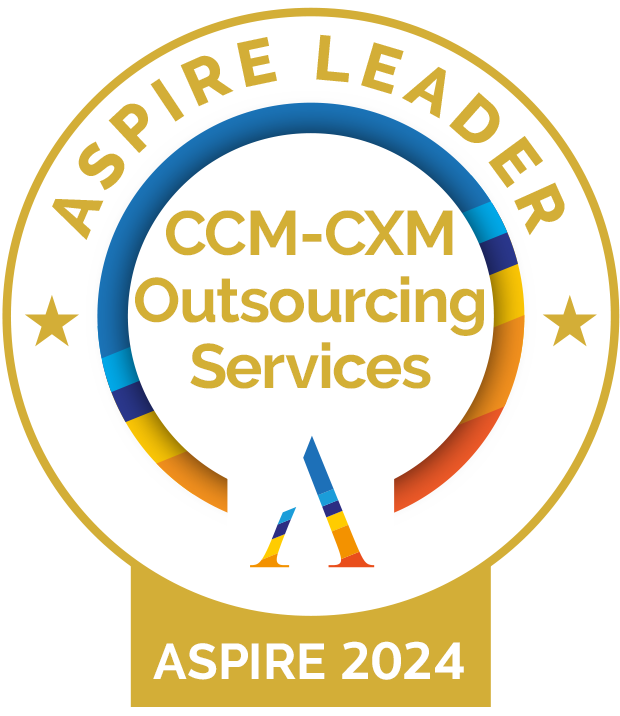Keeping customers loyal can be challenging. Don’t give them any reason to defect.
If you’re thinking about starting a digital transformation initiative for your business, well good, because, quite frankly, you must. We didn’t say so. Your customers did. They want options—60.5 percent of consumers say they crave flexibility to select their payment method as a desired bill-pay feature. And with the USPS operating under near-constant strain, plus an increase in postage rates taking effect in July, offering a digital payment option to your customers will only benefit your business.
But it’s not “go digital or go home.” Some 15 percent of consumers still prefer to pay bills by mail. This is actually good news. It means you can dip your toes into digital while still retaining traditional bill pay methods. In fact, print actually serves as a catalyst for digital adoption. Really, the end goal is to offer your customers as many options to pay as possible. Let’s explore how to do it.
Crawl: Identify what you have and what’s working
As we said in a recent post, digital transformation starts with data. Why? Because understanding your first-party data puts the focus on the customer—how they are behaving, which channels they engage with most and, ultimately, how they want you to communicate with them. That’s why the very first step in offering digital payment options is understanding what kind of first-party data you have and where it lives in your organization. We mention the three ways to start the data evaluation process in the aforementioned post: inventorying data across channels, diving into your CRM database and finding gaps in your website tagging.
The next piece is understanding, through data, which payment communication methods are working, and which are not. It might be that print is actually performing quite well for you and, if it is, you shouldn’t scrap it cold turkey to go full force into digital. Rather, try an incremental, test-and-learn approach that uses print to drive customers to online offerings while being conscious of digital adoption barriers. For instance, common objections customers have to switching to paperless include printed statements being used as bill pay reminders, printed statements serving as personal financial records, and general customer mistrust in online privacy and data security. Gradually overcome these challenges in a few ways:
- Incorporate strategic messaging on printed statements that are tailored to the recipient based on age or customer lifecycle stage. Include details on signing up for eStatements on the paper statement, a postcard or envelope itself using elements like a QR code.
- Add messaging to your website that encourages immediate sign-ups to an online payment portal and the opting out of paper statements.
- Use SMS to send bill payment alerts, which increases eBill adoption by facilitating anytime, anywhere payment. SMS messages have a 98% open rate, and more than half of adults made at least one mobile payment in the past year.
Walk: Enhance and streamline what you have
Taking your customer database, you can clean up and update outdated contacts, verifying their accuracy to set the stage for a digital adoption program. Use existing bills, statements, and other communications to further flesh out this list. If you determine there are gaps, tap into a provider with a vast amount of billing and payment data and other third-party data. The end result can be leveraged for email lists.
From there, you can segment your audiences for communications across channels. It helps if you have, at this point, ensured all your information sits in one platform, not siloed across your organization. This reduces the chance of errors and risk of non-compliance with data security protocols. Try providing an eStatement version of a printed bill to send to your brand-new email database once customers have opted into this communication method. Then begin delivering messaging that encourages customers to sign up for paperless billing with easy options to make a payment online. Test out offering new payment methods to customers from a pre-existing, turnkey menu to reduce effort, cost and system compatibility issues.
Run: Integrate payments and promotions
As you introduce new digital ways of paying bills, you need a way to integrate these options in one place. You also need to be able to accept payments from customers quickly and securely through these channels. An intuitive and configurable payment portal with centralized collections, reconciliations and reporting gives you these options with few tech resources required to set up. This type of platform can power mobile app, text and auto-pay (plus print, phone and in-person) so customers can pay however they want, whether that’s ACH, debit card, credit card, check, cash or Apple Pay, to name a few.
Finally, integrating promotion into your digital communications connects the entire customer journey in a personalized, contextualized way that drives acquisition, retention, loyalty and brand affinity. There’s a lot to consider for this step, so a wise move is to partner with a provider with expertise in every marketing channel, whether it’s online or offline, digital, phone or direct mail, so you avoid increasing your costs and complexity. Look for options that integrate reporting across channels and payment methods so you have a completely up-to-date view of your customers.
Working digital adoption, especially payments, into your billing strategy eliminates the guesswork of your print and mailing initiatives, decreasing the chances that ongoing global supply chain issues and economic events will prevent you from getting paid on time. Digital adoption gives you control in an uncertain time and can help you capture more customer attention and grow loyalty for the long term.




